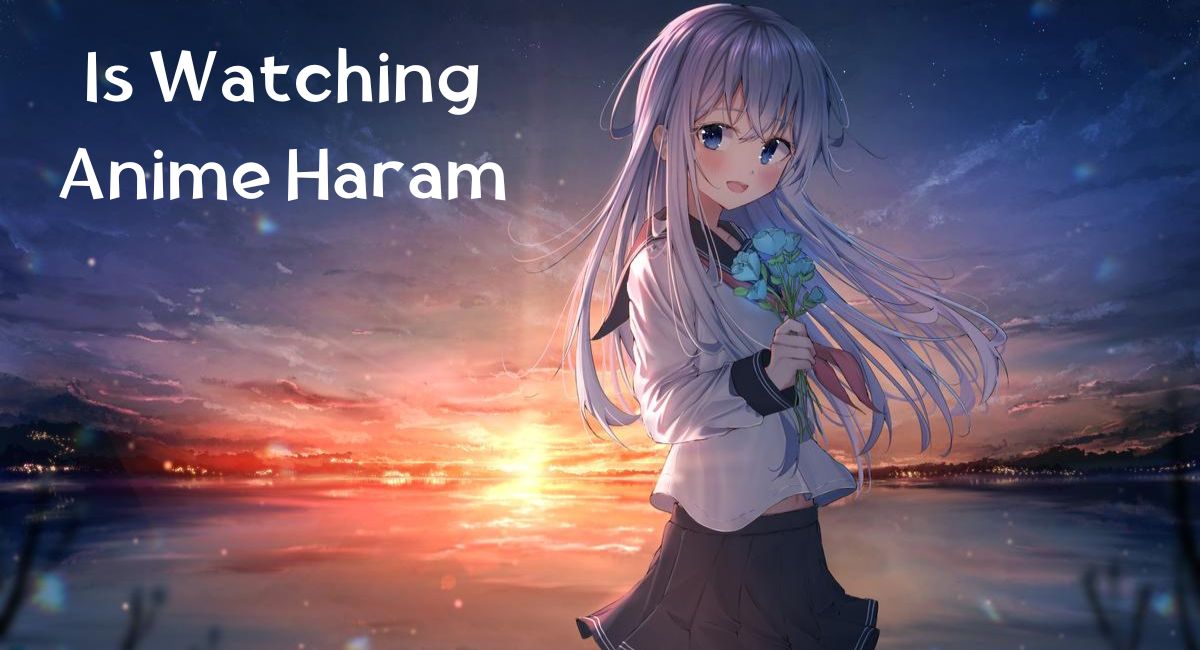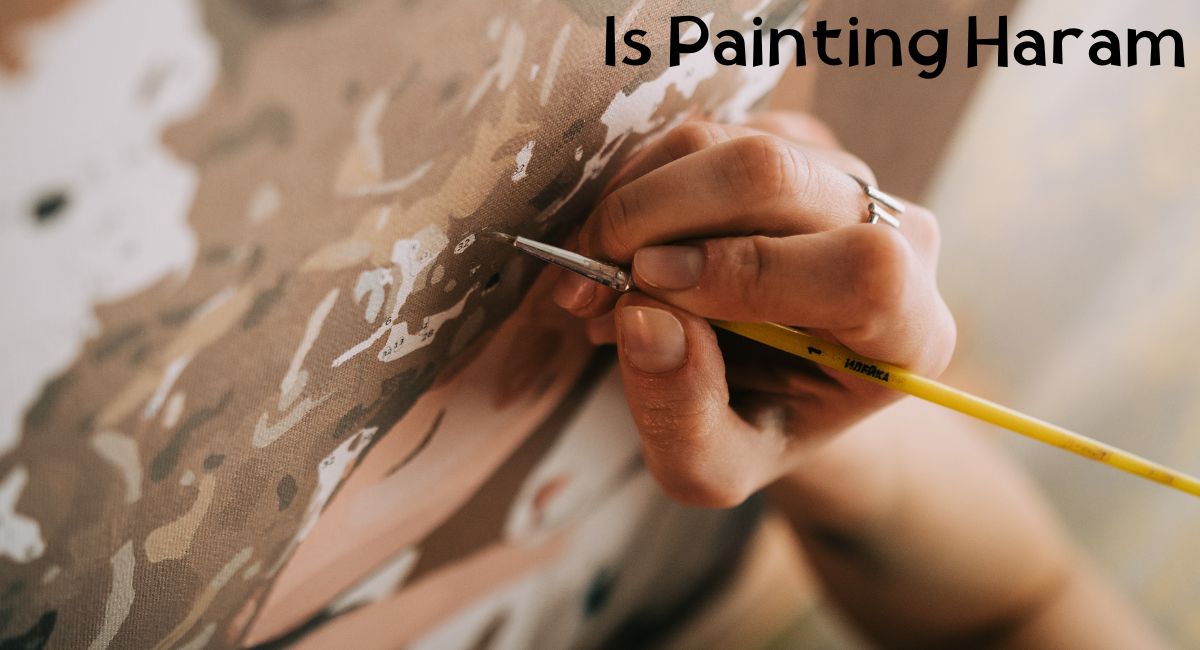The topic of whether watching anime is considered haram or permissible in Islam has sparked ongoing debates and discussions among scholars and individuals alike. As the popularity of anime continues to rise, it becomes essential to delve into the Islamic perspective and evaluate the content, themes, and values portrayed in these animated productions.
Understanding the parameters set by Islamic teachings and the varying opinions of scholars can shed light on the permissibility of watching anime and guide individuals seeking clarity on this matter. In this article, we will explore different viewpoints, considerations, and guidelines that can help navigate the question of whether watching anime is haram or halal in the context of Islamic principles.
What is an Anime
Anime is a form of animation that originated in Japan and has a rich history dating back to the early 20th century. The term “anime” is derived from the English word “animation” and is used to refer to Japanese animation specifically. In Japan, however, the term “anime” encompasses all animated works, regardless of their style or country of origin.
The earliest verifiable anime films can be traced back to 1912, but even before the advent of film, Japan had a tradition of entertainment involving colorful painted figures moving across projection screens in a type of magic lantern show called utsushi-e. These shows used mechanical slides and handheld wooden projectors to control the motion of projected figures, possibly inspired by European phantasmagoria shows.
The second generation of animators, often referred to as the “fathers” of anime, emerged in the late 1910s and included notable figures such as Ōten Shimokawa, Jun’ichi Kōuchi, and Seitaro Kitayama. They made significant contributions to the development of anime as an art form.
During World War II, anime was used for propaganda purposes, with films like “Momotarō no Umiwashi” (1943) and “Momotarō: Umi no Shinpei” (1945) being created. The latter is considered the first feature-length anime film.
In the post-war period, anime production expanded, and the rise of television played a significant role in its growth. In 1948, Toei Animation, the first modern Japanese animation production company dedicated to entertainment, was established. This marked a turning point for anime, as it shifted from primarily propaganda films to a broader range of entertainment.
Over the years, anime has evolved and diversified in terms of genres, themes, and artistic styles. It has become a major cultural force in Japan and has gained international popularity. Anime is known for its visually striking images, expressive characters with large eyes, unique hair styles, and exaggerated body proportions. It covers a wide range of genres, including action, romance, fantasy, sci-fi, and more, catering to diverse audiences.
Today, anime is no longer limited to dedicated fans or niche audiences. It has become a global phenomenon, with expanded licensing and increased accessibility through streaming platforms. Its impact on Western animation can also be seen in the influence it has had on various animated series and films. Anime continues to evolve and captivate audiences with its unique storytelling, artistry, and cultural significance.
Types of Anime

Anime encompasses a wide range of genres and types, catering to diverse audiences and preferences. Here are some commonly recognized types of anime:
- Shōnen: This type of anime targets young boys and typically features action-packed storylines with male protagonists. Popular shōnen anime include “One Piece,” “Naruto,” and “Dragon Ball Z”.
- Shōjo: Aimed at young girls, shōjo anime often revolves around romance, friendships, and personal growth. These series may have a more emotional and character-driven focus. Examples of shōjo anime include “Fruits Basket” and “Sailor Moon”.
- Seinen: Targeting young adult males, seinen anime explores mature themes and often delves into psychological, dramatic, or action-oriented narratives. Popular seinen anime include “Berserk,” “Neon Genesis Evangelion,” and “Ghost in the Shell”.
- Josei: Geared toward young adult women, josei anime explores realistic and complex themes such as relationships, career struggles, and self-discovery. Examples of josei anime include “Nana” and “Honey and Clover”.
- Kodomo-muke: This type of anime is specifically targeted at young children. It features content suitable for a younger audience and may include educational or lighthearted themes. Examples of kodomo-muke anime include “Doraemon” and “Pokémon”.
Apart from these demographic categories, anime can also be classified based on genres and themes. Some common genres found in anime include:
- Action: Anime with intense, fast-paced action sequences and battles.
- Comedy: Anime that focuses on humor and lighthearted situations.
- Romance: Anime centered around love, relationships, and emotional connections.
- Slice of Life: Anime depicting everyday life and realistic experiences.
- Drama: Anime with a strong emphasis on emotional conflicts and intense storytelling.
- Fantasy: Anime set in fictional worlds with elements of magic, mythical creatures, and supernatural powers.
- Supernatural: Anime featuring supernatural elements such as ghosts, vampires, or superhuman abilities.
- Mystery: Anime that revolves around solving puzzles, uncovering secrets, and investigating mysteries.
- Sci-Fi: Anime with futuristic settings, advanced technology, and scientific concepts.
- Horror: Anime that aims to frighten and unsettle viewers with elements of suspense, gore, and supernatural horror.
These are just a few examples of the many genres and types of anime available, each offering a unique storytelling experience and catering to various interests and age groups.
Is Watching Anime Haram
Anime has gained widespread popularity around the world due to its unique storytelling and captivating visuals. However, for those following the principles of Islam, there may be concerns about watching anime and its permissibility according to Islamic teachings. Below, we will explore the topic of whether watching anime is considered haram in Islam.
Context and Content Analysis
The majority opinion among Islamic scholars is that the permissibility of watching anime depends on the specific content, storyline, and values promoted. It is important to analyze each anime individually rather than making a blanket statement about the entire genre. Scholars must scrutinize whether the anime contains prohibited content, such as explicit scenes, violence, nudity, or other immoral elements.
If an anime includes inappropriate or indecent themes that go against Islamic values, such as witchcraft, sorcery, idolatry, or promotes any form of sinful behavior, it would be considered haram. Islam encourages its followers to uphold modesty, purity, and righteousness in all aspects of life, including entertainment choices.
Educational and Wholesome Anime
Not all anime falls under the category of haram. Anime that is educational, promotes positive values, and adheres to Islamic principles can be considered halal (permissible). These types of anime can serve as a source of knowledge, teach valuable life lessons, and foster moral development. Watching age-appropriate educational anime can be a productive and beneficial use of time.
It is also essential for parents to monitor what their children are watching, ensuring that the content aligns with Islamic values. Parents should strive to provide an environment where their children can learn and be entertained in a manner that encourages righteousness and moral growth.
Drawing and Anime Creation
The act of drawing or creating anime is generally considered haram by most Islamic scholars, except when it is for children’s play, such as Islamic cartoons. The prohibition is primarily due to the belief that creating animated characters can resemble the act of imitating Allah’s creation, which is strictly forbidden in Islamic teachings.
The Impact on Children
One of the deciding factors for the permissibility of watching anime is the impact it has on children. Anime that promotes positive values, teaches good morals, and stimulates imagination and creativity can provide several benefits for children’s education and character development. However, it is important to be cautious and vigilant as certain anime may also contain explicit or distorted content that can negatively influence the beliefs and values of children.
Seeking Guidance
With the diverse array of anime available, it can be challenging to determine the permissibility of each individual show. To make an informed decision, it is advisable to consult a trusted Islamic authority figure or conduct personal research. Efforts should be made to seek guidance from reliable Islamic sources that offer fatwas (religious rulings) and comprehensive explanations related to watching anime and explicit content.
Websites like “Islam Q&A” and “SeekersGuidance” provide valuable resources that address the concerns and questions regarding anime and its permissibility according to Islam. These platforms offer guidance rooted in theology, jurisprudence, and scholarly consensus.
Conclusion
The question of whether watching anime is haram in Islam is not black and white. Islamic scholars emphasize the importance of analyzing the content, storyline, and values promoted by each anime individually. Anime that contains prohibited content, contradicts Islamic beliefs, or promotes un-Islamic ideas may be considered haram.
It is crucial for Muslims to be mindful of the content they consume and to prioritize activities that align with Islamic values. While anime can have its merits, it is essential to exercise caution and make informed decisions based on Islamic teachings. Seeking guidance from qualified Islamic scholars is highly recommended to ensure that one’s entertainment choices align with one’s faith and values.






